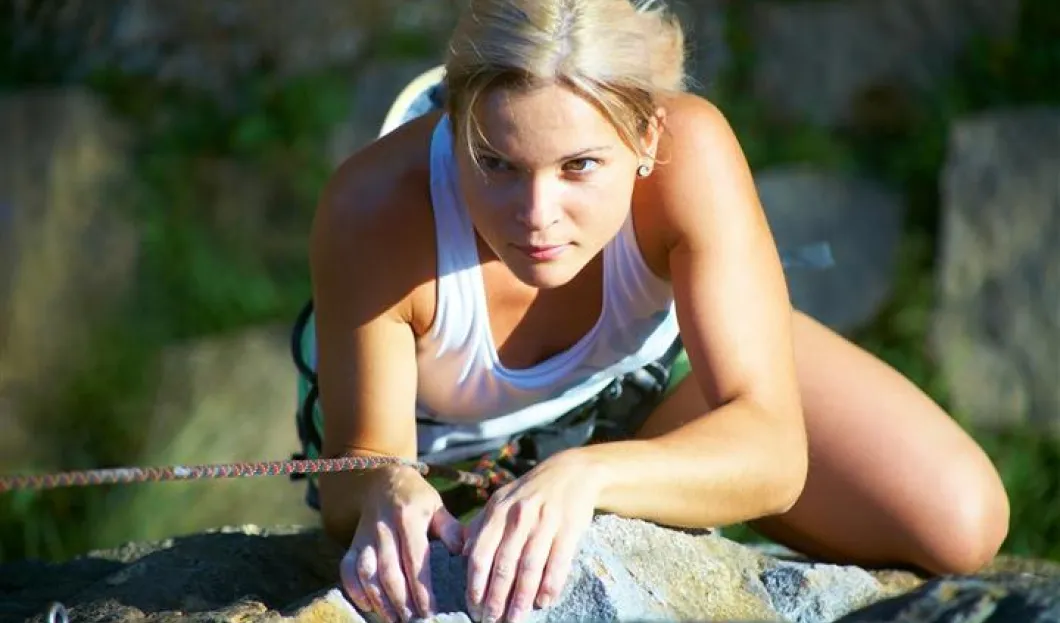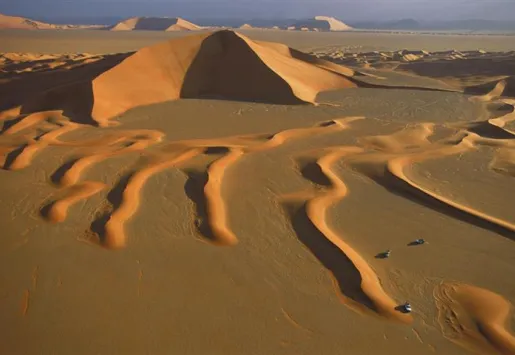
Many still associate adventure travel with extreme experiences that cause adrenaline levels to rise and the heart to go into overdrive. They see it as including a bungee cord or a headlamp or why not both, along with an Indiana Jones hat. But harsh conditions and tackling wildlife are not the only forms of adventure one can have when traveling.
Defining Adventure Travel
In today's tourism scenery, adventure travel acts much more as an umbrella term. Sure, it's still very much representative for pushing the limits and have the travelers take certain risks upon them, but it's not exclusive to such situations anymore.
The Adventure Travel Trade Association (ATTA) president, Shannon Stowell, describes it as a blend of activity, culture and nature. An experience far removed from a controlled scenario in which tourists simply witness the surroundings in an almost vicarious manner, but rather choose to get their hands dirty and take part in the experience themselves.
Stowell goes on to describing it as getting out of one's comfort zone in order to try out new things. The range of such adventures can go from rafting, taking a bike trip or even attending a cooking class in a foreign country. This range however is a new addition to the tourism industry, since before, tourists were only classified into two extremes, the ones who preferred soft or hard adventure, without any wiggle room in between. A 2014 ATTA survey proves that there are more nuances to the matter. Out of 1700 people, 24 percent wouldn't say no to moderate risks, 20 percent sought thrills in their adventures while 8 percent were already experienced in their form of adventure travel.
Why the Gain in Popularity
According to Shannon Stowell, the market became saturated with traveling packages that plan everything while keeping the customers in their own little bubble. As a response, many tourists started seeking alternatives, with over 345 billion US dollars spent on this type of traveling in 2012.
Another catalyst comes in the form of social media, but also the social and cultural awareness that comes with it. Suddenly, the people that choose to visit third world countries or try out new exciting things while on a trip aren't just journalists and documentary producers; they are now people you know. With cultural awareness also comes the need to create a positive impact on the places one visits. Adventure traveling allows for better levels of involvement and interaction.
The Raw Numbers
In just four years, from 2009 to 2013, adventure travel registered a 65 percent popularity increase. Tourism boards, in their vast majority (80 percent) now label it as a standalone sector, and why wouldn't they, when it's worth 263 billion US dollars in the US and Europe?
In a recent survey, 22 percent out of the 2000 respondents declared they had visited an exotic country in the last decade and while there, had tried some form of adventure traveling. The trend is predicted to continue registering growth, as more and more tourists want more freedom and first-hand experiences, as opposed to what tourism agencies have to offer in their packages.













